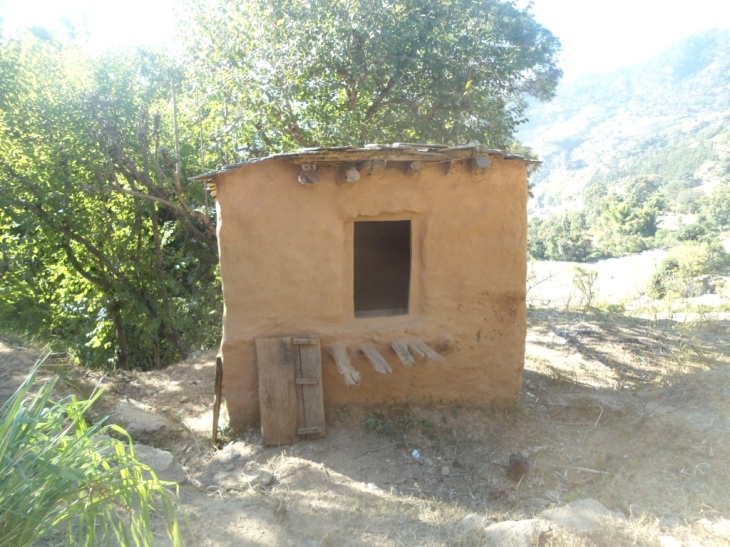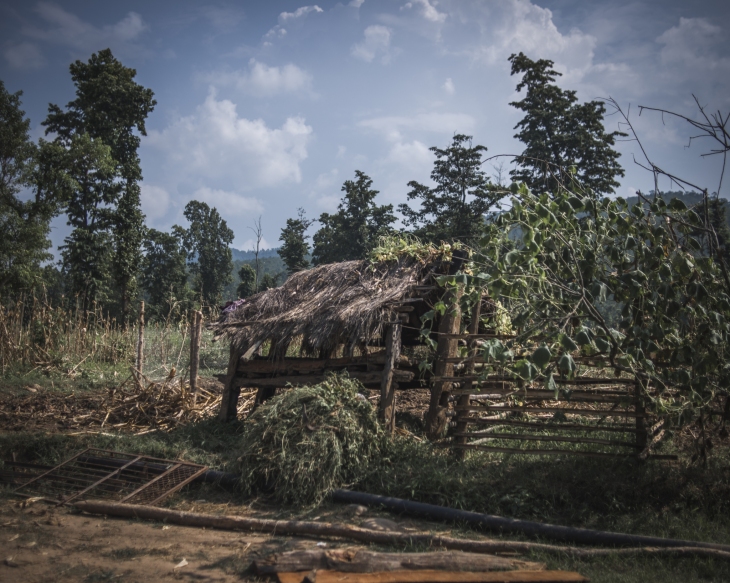Yet another young girl lost her life in mid-western region of Nepal while following the practice of menstrual exclusion. This is not the first case of death in menstrual hut and no one can say for sure that similar cases won’t repeat in the future.
A Nepali girl has died in a “menstruation hut” after being bit by a snake. According to local media reports, a young girl was bitten twice by a snake and died on Friday morning in Dailekh district, a district lies in mid-western part of Nepal.
An-18-year-old girl Tulasi Shahi from Lainchaur of Chamunda Bindrasanini Municipality was bitten by a snake at around 10pm while following Chhaupadi, a tradition that banishes menstruating women to live in sheds outside the houses. She survived for nearly nine hours after the snake bite but succumbed to death because of lack of medical treatment, according to media reports.
This is not the first case of death in menstrual hut. The exact data of death of women in Chhau Goth (menstrual huts) are not available. But dozens of women die every year as a result of snake bite, animal attack, suffocation and other reasons. Two young women have died in far-western district of Achham in the last November.

Dambara Uapadhyay, 21 of Timilsen, Achham, a far-western district of Nepal was discovered dead inside this hut on 18 November 2016. (Photo: Shiva Raj Dhungana/Achham)
As an advocate working to smash taboos and stigma surrounding menstruation in Nepal, I have found that the practice of isolating women during their period exists across the country in differing forms.
In some regions of the country, the tradition is deeply rooted and menstruating women are not allowed to stay inside homes. In other places, women can stay in home but are forbidden from entering into kitchen and worship room. They are barred from touching male members of the family or neighbors, goods and fruit and vegetables. Women are treated as untouchable.

In mid- and far-western part of Nepal, women are forced to stay in a poorly ventilated menstrual huts, an extreme form of seclusion. Menstrual huts are constructed in majority of households in many villages. [Photo: Poulomi Basu]
In many cases, I have found that law enforcement agencies and local administration treat taboos and stigma surrounding menstruation as a private family issue. But it is not. It is a legal issue.
It is high time that the government, civil society members, political leaders and other stakeholders in the society should work together to bring this practice to an end. It should be ensured that women are free to lead a life of dignity at the time of period.
—
Some of my other articles on menstrual taboos:
1. Menstrual hygiene day: Education is a powerful tool in raising awareness, smashing taboos and debunking myths surrounding menstruation, published in The Kathmandu Post;
2. In Nepal, women are still banished to ‘menstrual huts’ during their periods. It’s time to end this dangerous tradition, published in The Independent;
3. When I first started my period my mother said I had become untouchable published in The Guardian
4. End taboos around menstruation, published in The Red Elephant Foundation
5. The practice [Chhaupadi] does not respect the norms that it is women who have the right to make decisions about this natural cycle. I was quoted in a news story: In western Nepal, menstruating women are banished to sheds
6. This [banishing women to menstrual sheds] is not a cultural issue. It’s a human rights issue. I was quoted by NPR story: What Our Reporters Learned From The World’s Teenage Girls: #15Girls
[…] Lamsal, a development professional in Nepal who advocates against the chhaupadi practice, says the exact number of deaths associated with the practice is not […]
[…] Lamsal, a development professional in Nepal who advocates against the chhaupadi practice, says the exact number of deaths associated with the practice is not […]
[…] Lamsal, a development professional in Nepal who advocates against the chhaupadi practice, says the exact number of deaths associated with the practice is not […]
[…] [Related: #Nepal: Yet another girl dies in menstrual hut] […]